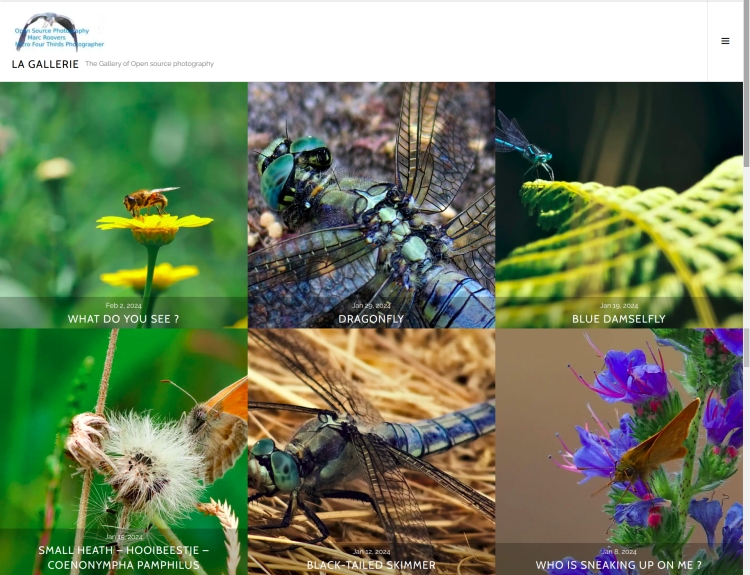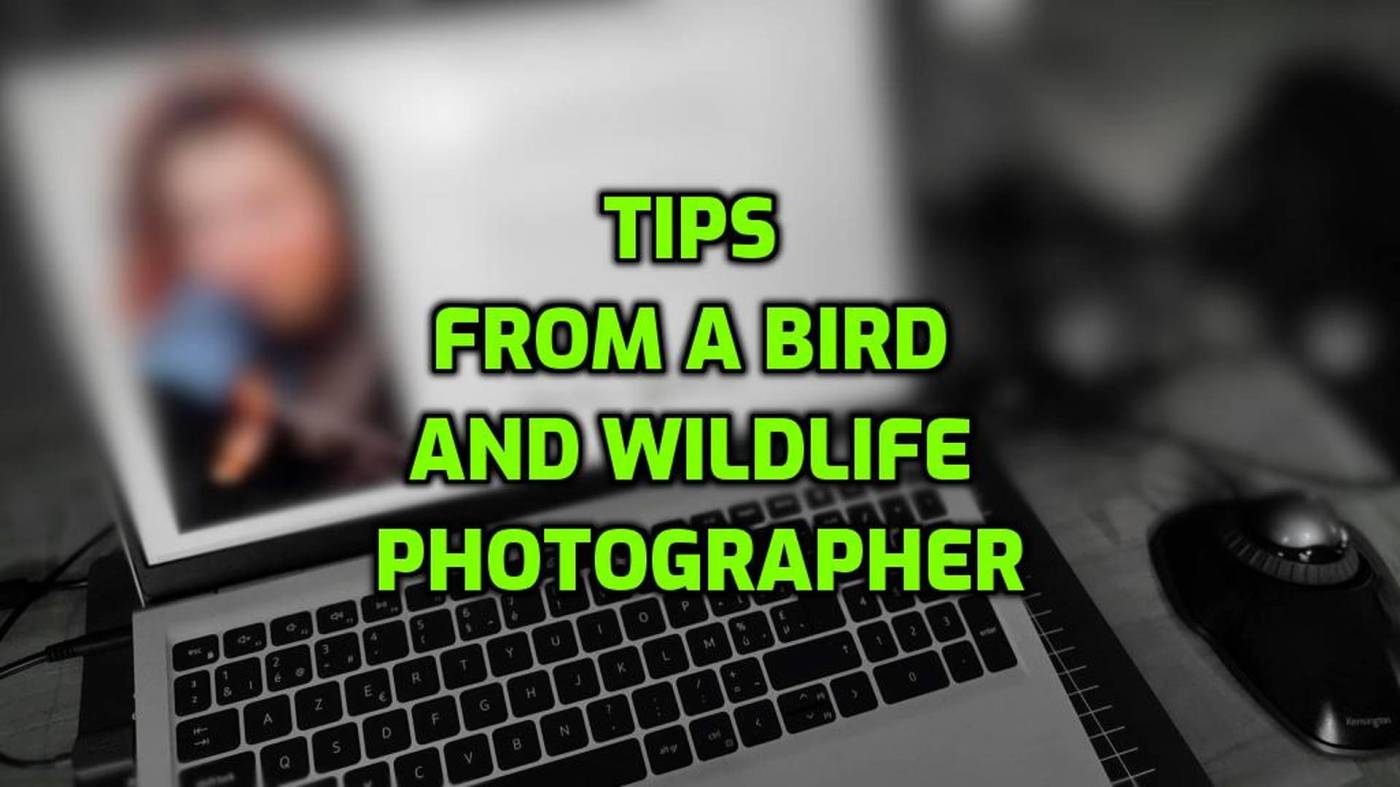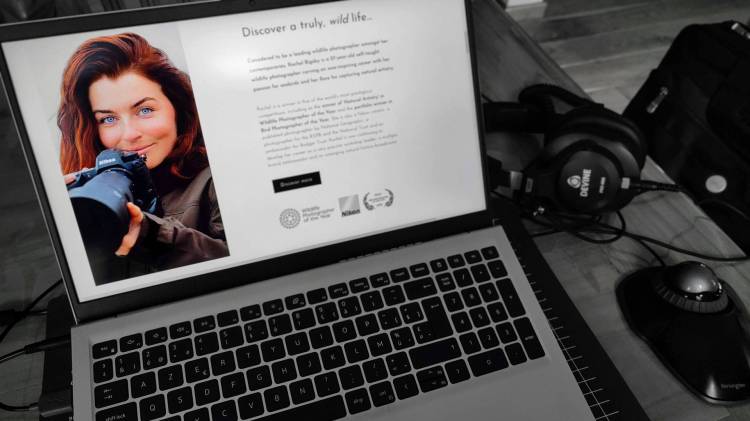To begin, these tips aren’t originally mine, but I resonate with them deeply. As many of you know, I’m also passionate about bird and wildlife photography. Just observing these creatures and being in their natural habitat brightens my entire day. I constantly strive to immerse myself in this field, learning and improving wherever I can.
In my quest for valuable insights and tips, both for myself and to share with others, I discovered a young photographer online: Rachel Bigsby. Initially, she was unfamiliar to me, but despite her young age, she boasts an impressive portfolio. She was named Wildlife Photographer of the Year 2023 and has been recognized by National Geographic, among others.
I knew there was much to learn from her. While I didn’t expect technical tips since she shoots with Nikon, I anticipated gaining essential knowledge about bird and wildlife photography. Thus, I delved into the world of Rachel Bigsby.
Rachel captures her breathtaking images using the Nikon Z9 and lenses comparable to those used in space telescopes. Interestingly, she hasn’t yet explored Olympus or OM System gear. But given her youth, she hasn’t experienced the back pain and other issues that we, seasoned micro 4/3 enthusiasts, have faced.
After watching numerous YouTube videos and scouring websites, I compiled extensive notes. I then processed these notes with my digital assistant, ChatGPT, to create a comprehensive summary of Rachel’s key principles for bird and wildlife photography, which I will share here.
Photographing birds and wildlife goes beyond merely walking around and snapping pictures. It requires a deliberate approach and profound respect for the animals. To capture a truly remarkable photo, a photographer must understand the animal’s perspective, predicting its next move. This involves comprehending the animal’s behavior, habitat, and patterns.
Many assume this comes naturally, but it’s easy to overlook in practice. The right mindset is crucial: not just wandering aimlessly and pressing the shutter, but being mindful of every action. Respecting the animal means observing from a distance, minimizing disturbance, and patiently waiting for the perfect moment. Every step should be deliberate, considering how the animal might react, ensuring that the photography process does not harm or stress the wildlife.
In summary, successful wildlife photography demands a thoughtful and respectful approach. Each photograph should be taken with a deep understanding of the animal’s behavior and a commitment to their well-being.
Tips :
- Study Bird Behavior: Spend time observing the behavior of birds before taking photos. This helps in predicting when to capture the shot.
- Don’t Zoom In Too Far: Leave some room for error in framing to avoid clipping out important parts of the bird.
- Use a Long Lens: A lens upwards of 300mm is recommended for bird photography, with 600mm being ideal for capturing details.
- Use Auto ISO: Setting the camera to Auto ISO helps in managing exposure, especially in varying light conditions.
- Opt for Aperture Priority: Aperture priority mode allows for controlling depth of field while letting the camera adjust other settings.
- Keep Shutter Speed High: Maintain a shutter speed of at least 1/1000 or higher to ensure sharpness in fast-moving subjects.
- Be Patient and Persevere: Wildlife photography requires patience and perseverance to capture the perfect shot.
- Understand Composition: Consider the composition and interaction of birds to create dynamic and visually appealing shots.
Table of Bird Photography Settings :
| Setting | Recommendation |
|---|---|
| Lens | 300mm or longer (600mm ideal) |
| ISO | Auto ISO for exposure management |
| Shutter Speed | Minimum 1/1000 to capture fast movement |
| Aperture | Start at f/9 for maximum focus, adjust as needed |
| Focus Mode | Experiment with bird detection or single-point focus |
Tips for Wildlife Photography :
| Tip | Details |
|---|---|
| Lens Selection | Choose a lens based on your subject’s size and behavior. Consider the 100-400mm or 150-600mm. |
| Camera Settings | Set your shutter speed to around a thousandth and use continuous focus for tracking subjects. |
| Time of Day | Shoot during sunrise or sunset for beautiful, golden light. |
| Practice and Experiment | Don’t hesitate to experiment with different settings and techniques. |
These tips from Rachel Bigsby, a seasoned wildlife photographer, can help you capture stunning images of the natural world. Whether you’re photographing timid birds or majestic deer, understanding these principles will elevate your wildlife photography game.
The tables summarize the recommended settings and tips for bird photography discussed in the text.
Recommended Links and Info :
Nigel Danson and Rachel Bigsby : https://youtu.be/KIGQRNuhiFU?feature=shared
Top tips for beginner wildlife photographers : https://youtu.be/_jxJO7BBZ6Y?feature=shared
This article was written by Marc R.
While I primarily speak Dutch and have some knowledge of English and a little French, ChatGPT helps ensure my writing is grammatically correct. I often mix Dutch and English in my drafts, and ChatGPT steps in to translate and correct.

The photo gallery of Open Source Photography, Olympus micro 4/3 system, Vintage Lens Photograpy, Film Simulation, PictureFX, HDR – Photographer : Marc R.
Discover more from Open Source Photography
Subscribe to get the latest posts sent to your email.





All good tips, I know you say they’re not your tips, but I’m sure you would offer the same advice. Thanks Marc
LikeLiked by 1 person
Thanks Mark ! you are too kind.
I always find it most difficult to translate my own thoughts into text,
so, someone else has to inspire me first, and then things get better.
LikeLiked by 1 person
‘ Set ISO to auto’ then ‘set to aperture priority’?Surely not. You need auto ISO agreed as you don’t want to be fiddling with exposure when trying to capture a skittish bird but I set to full manual so that I can choose a fast shutter speed (to capture take-off for example) and I can also adjust DoF by choosing aperture.
LikeLike
Well, Berny, every photographer is different, and apparently her method didn’t do her any harm – otherwise she wouldn’t have taken photos for National Geo. The idea is that you take with you what is useful to you, I have never set aperture as a priority for birds, maybe we should try that?
Anyway, in subsequent articles there will be more ideas shared by well-known photographers, and perhaps not all of them will be met with applause. But that’s how the world works. If we all did everything the same way, and maybe in the same place, there wouldn’t be much fun in it anymore.
By the way, why are you using a new email address now ? you were already in spam here.
LikeLike